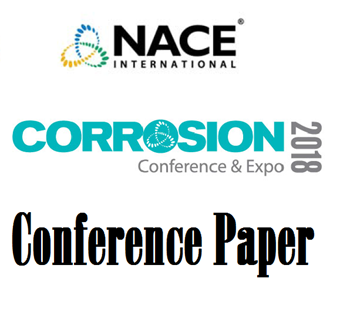Search
51314-4421-Advances in High Voltage Electric Transmission Industry and Their Effects on Pipeline Corrosion
Also Purchased
51318-11285- Minimizing HVAC Interference on Pipelines Through Transmission Line Design Optimization
Product Number:
51318-11285-SG
Publication Date:
2018
$20.00
09542 Effect of Alternating Current by High Power Lines Voltage and Electric Transmission Systems in Pipelines Corrosion
Product Number:
51300-09541-SG
ISBN:
09541 2009 CP
Publication Date:
2009
$20.00
51314-4423-Bio-Oil Properties and Effects on Containment Materials
Product Number:
51314-4423-SG
ISBN:
4423 2014 CP
Publication Date:
2014
$20.00




